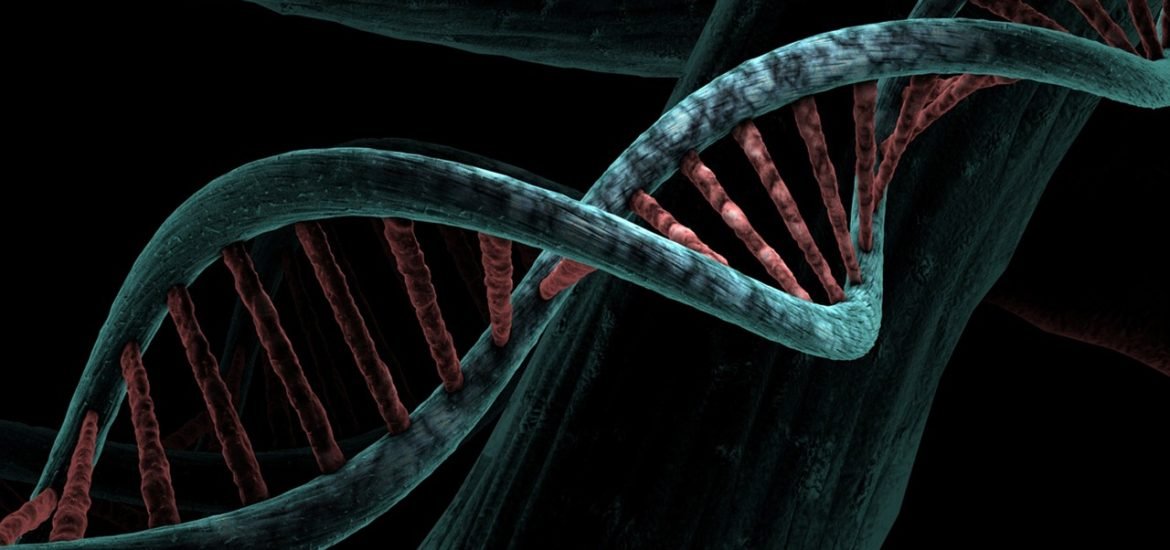
A team of researchers from the Eindhoven University of Technology, The Netherlands, developed a new technique to make data storage in DNA more scalable, according to a study published in Nature Nanotechnology. The authors believe the technique is now ready for wider applications.
Storing data in DNA seems out of a science fiction movie, but we’re close to it than you may think. Prof Tom de Greef believes a usable system will be available in the next five to ten years. Instead of binary code, data will be stored in base pairs that make up DNA.
Using DNA to store data offers many advantages. Information can be stored more compactly, and the lifespan of the data is also many times longer. For de Greef, however, the most important reason is that it eliminates the need for large data centres. “In three years, we will generate so much data worldwide that we won’t be able to store half of it,” said de Greef. We need a better way to store data.
The idea of using DNA for data storage has been around since the 80s, but for a long time, it has been too complex and expensive. Storing data became technically possible when methods for DNA synthesis were developed, but the process is still not easily scalable. The method used to read these “files” is unreliable and deteriorates data after each time you read a file, especially when trying to read multiple files simultaneously.
To overcome this problem, De Greef’s team developed a microcapsule of proteins that contains one file. “These capsules have thermal properties that we can use to our advantage,” said de Greef. If the process to read the files is conducted above 50 degrees Celsius, the capsules seal themselves, and each reading is done separately, avoiding errors. The team has managed to read 25 files at the same time using this approach.
Once the reading is complete, the temperature is lowered, the files detach from the capsule, and the quality of the original files does not deteriorate. “We currently stand at a loss of 0.3 percent after three reads, compared to 35 percent with the existing method,” said de Greef.
De Greef and colleagues have also made progress in terms of searching in the library. Each file and respective capsules are colour coded, and a device can recognise and separate the colours that are needed. De Greef imagines this process done with a robotic arm to select the desired file from the pool of capsules. “Now it’s just a matter of waiting until the costs of DNA synthesis fall further. The technique will then be ready for application,” concluded de Greef.
Bögels, B.W.A., Nguyen, B.H., Ward, D. et al. DNA storage in thermoresponsive microcapsules for repeated random multiplexed data access. Nat. Nanotechnol. (2023). https://doi.org/10.1038/s41565-023-01377-4